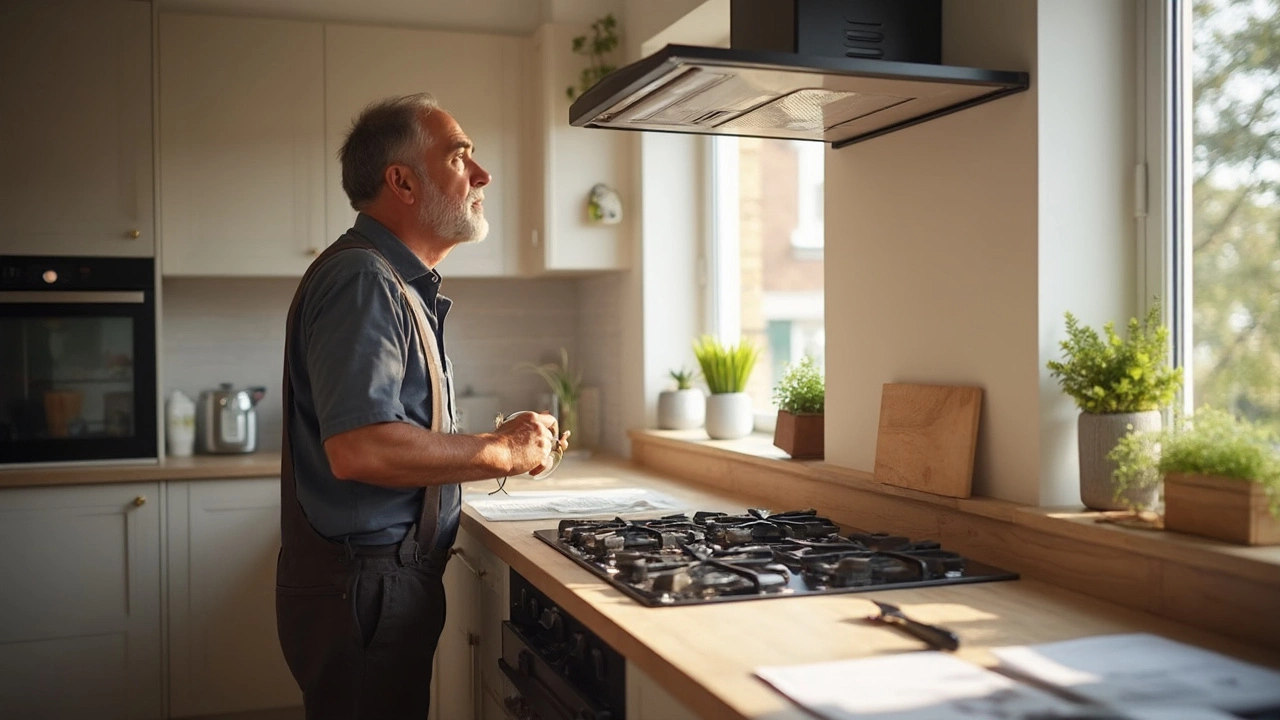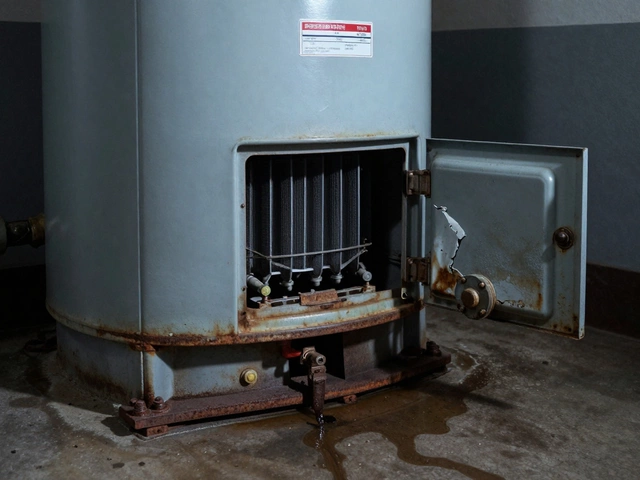Kitchen Fan Fix: Simple Steps to Get Your Extractor Working Again
If your kitchen fan has gone quiet, you’re probably wondering why the air isn’t clearing and the smell is hanging around. The good news? Most fan failures are caused by easy‑to‑spot issues that you can handle yourself. In the next few minutes you’ll learn the top reasons a kitchen extractor stops, how to test each one, and what to do if you hit a wall.
Check Power and Switches First
Before opening anything, make sure the fan actually has power. Flip the light switch above the stove (many fans share that circuit) and listen for a click. If the fan has a separate wall switch, try turning it on and off a few times. A loose connection or a tripped breaker is the most common culprit.
To rule out a blown fuse, head to your consumer unit and look for any tripped breakers. Reset any that are off, then test the fan again. If the lights work but the fan stays dead, the problem is likely inside the unit.
Inspect the Fan Motor and Wiring
Unplug the unit or switch off the breaker before you touch anything. Remove the front grill – most models have clips or screws you can undo with a screwdriver. With the grill off, you’ll see the motor and the fan blade.
Give the blade a gentle spin. It should turn freely; any grinding or resistance means the motor bearings or the blade are stuck. A stuck motor often needs a professional’s touch, but you can sometimes free it by cleaning out dust and grease that may have built up.
Next, look at the wiring connections. Loose or corroded wires are a frequent cause of loss of power. Tighten any loose nuts and check for blackening, which indicates a short. If the wires look damaged, it’s safer to call a qualified electrician.
Clean the Fan and Ductwork
Even a working motor can feel like a dead fan when grease clogs the blades and duct. Use a soft brush or a vacuum with a narrow nozzle to clear debris from the blades, motor housing, and the duct opening. Over time, the duct itself can get gummed up, reducing airflow dramatically.
For a deeper clean, detach the duct (most are simple clamps) and rinse it with warm, soapy water. Let it dry completely before re‑attaching. A clean duct not only restores power but also improves the fan’s efficiency, cutting down noise and energy use.
When to Call a Pro
If you’ve checked power, tightened wires, and cleaned everything but the fan still won’t start, the motor may be burnt out or the capacitor could be faulty. These parts need specialist tools and knowledge to replace safely.
At that point, give a local repair service like Hinckley Home Appliance Repair Services a call. They can diagnose the exact fault, replace the motor if needed, and get your kitchen back to a fresh, smoke‑free zone.
Fixing a kitchen fan isn’t as scary as it sounds. With a quick power check, a bit of cleaning, and a careful look at the motor, you can solve most problems yourself. Save the big repair bill for the rare cases where the motor has truly given up.
6 June 2025
·
0 Comments
Wondering how long it takes to fix an extractor fan? This article breaks down the steps, what can slow things down, and ways to speed up repairs. Figure out if you’re dealing with a ten-minute job or something that’ll take hours. Get real tips to save time, avoid rookie mistakes, and know when to call in the pros. Simple, straight-talking advice for anyone facing a noisy or broken fan.
Read more


